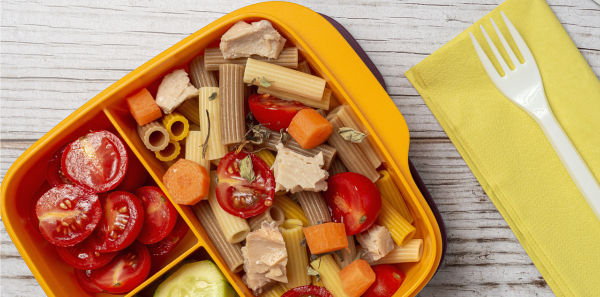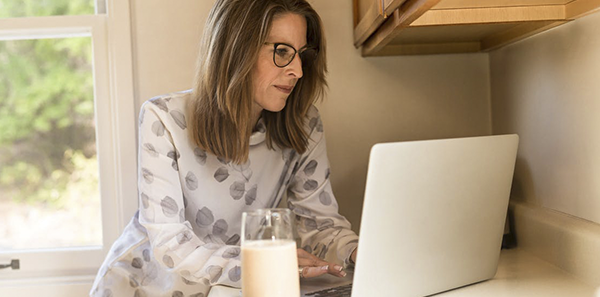
Tupperware containers are a very useful utensil for healthy eating away from home, as they allow you to follow your usual diet without any added expense. However, many people don’t know where to start when it comes to preparing meals in them.
Like the meals eaten at home, food in Tupperware containers should have the right proportions of each type of food:
- Vegetables: half of the plate
- Protein (pulses, lean meats, fish…): a quarter of the plate.
- Carbohydrates and fibre (potato, bread, rice, pasta, quinoa…): a quarter of the plate.
- Fresh seasonal fruit. If cut, it is essential to keep it refrigerated and eat it as soon as possible.
To get organised, it is useful to make a weekly plan and write a shopping list. You must take into account the nutritional recommendations of the AESAN (Spanish Agency for Food Safety and Nutrition):
- Pulses: 4 portions per week.
- Fruit and vegetables: 5 portions per day.
- Wholegrain cereals: 3-6 portions per day.
- Fish: 3 rations per week.
- Dairy: 3 portions per day.
- Meat: 0-3 portions per week, prioritising white meat.
Also, to save time, it is best to cook it all in one day. The trick is to make cereals, protein or vegetables bases and combine them on a daily basis.
It is important not to break the cold chain when it is time take the Tupperware container with you. To do this, put it in the fridge as soon as you arrive at work or, if you are going somewhere else, use a cool bag.
However, it is best to opt for ingredients that keep well and last longer (rice, lean meats, cooked vegetables, pulses, etc.). Foods to avoid include:
- Undercooked or raw eggs (omelettes, scrambled eggs, sauces…).
- Undercooked meat and fish.
- Homemade or unpasteurised dairy products (sauces, desserts, etc.).
Ultra-processed foods should also be avoided as they are unhealthy and contain a lot of added sugars.
Lastly, careful cleaning and disinfection of the Tupperware container after use is important to avoid bacterial growth and cross-contamination between raw and cooked food.












